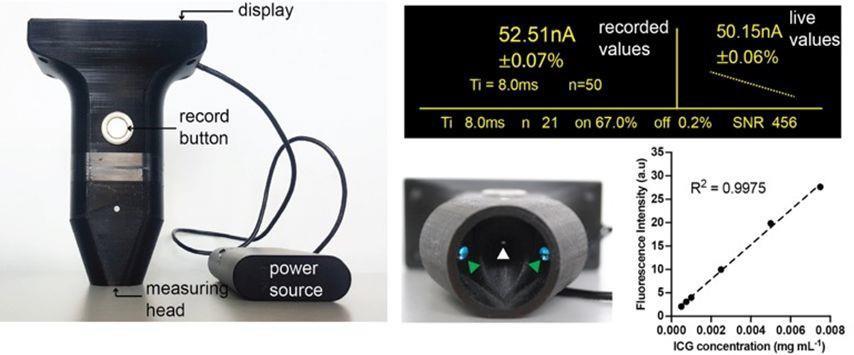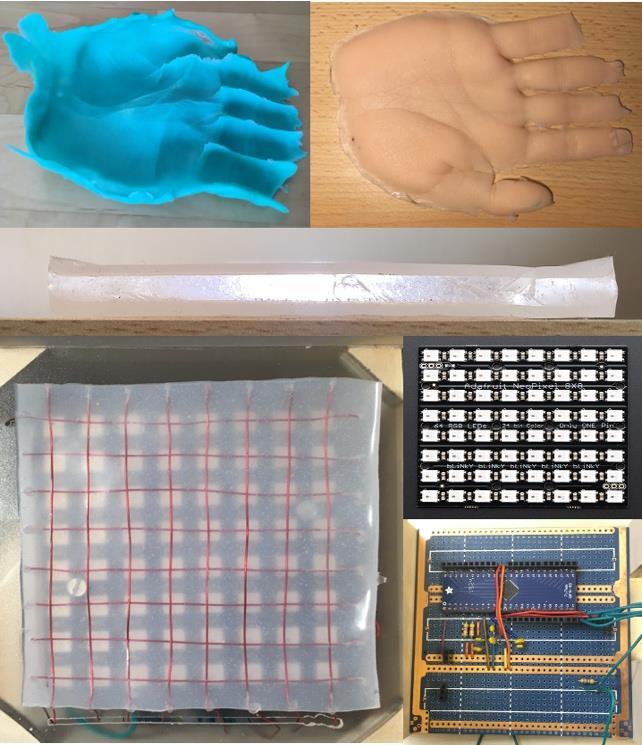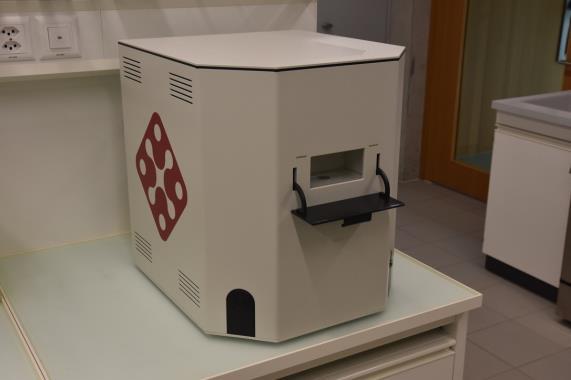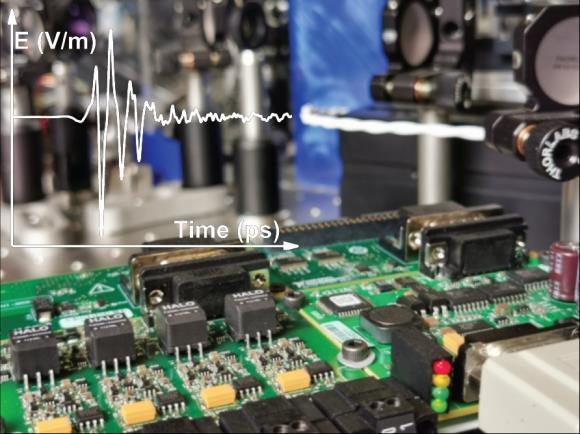Research Report 2021
Institute of Computational Physics
Experimental Validation of an Electro-Thermal Small-Signal Model for Large-Area Perovskite Solar Cells To improve defect detection in perovskite solar cells, we apply an oscillating small-signal voltage to the devices and measure the temperature response with an infrared camera. A comparison with simulations helps to determine the origin of the defects and allows to quantify them. Contributors: Partner(s): Funding: Duration:
E. Comi, E. Knapp, B. Ruhstaller Fluxim AG, Empa, Solaronix S.A. Master’s Thesis, Innosuisse 2020–2021
Perovskite thin-film solar cells have attracted a lot of attention in recent years due to rapidly increasing efficiencies. The upscaling of this technology from small laboratory cells to large-area devices without compromising efficiency and stability, however, is still a challenge to be solved for successful commercialization. Printing perovskite modules entirely by screen printing is an important step towards industrialisation, which is why we are carrying out an electro-thermal analysis of screen-printed carbon-based hole transporter-free perovskite dual cells with various interconnection widths. For this purpose, we used the FEM (Finite Element Method) software Laoss that supports the upscaling process from small- to largearea devices by solving for the potential and temperature distribution in 2D top and bottom electrode domains, which are coupled by a vertical 1D coupling law. In this master’s thesis we presented electrical and thermal DC and AC simulations of dual cells and a reference cell without an interconnection and compared the simulation results with measurements.
The software can not only perform electrical and thermal steady-state simulations but also determine the influence of non-ideal electrodes in the frequency domain. Therefore, we also introduced the small-signal dark lock-in thermography (SS-DLIT) method to measure and simulate electro-thermal effects in perovskite solar cells in the dark with high accuracy thanks to the use of a small, periodic voltage modulation at a chosen offset voltage. This adapted DLIT method can be simulated with the thermal AC module in Laoss and allows the investigation and quantification of various defects, such as shunts or the interconnection quality of perovskite solar cell modules. Figure 1 shows the amplitude of a SS-DLIT simulation of a perovskite dual cell with built-in shunts on the left. The SS-DLIT measurement is shown for comparison in right the image.
Figure 1: Simulated SS-DLIT amplitude image of a perovskite dual cell showing a temperature increase at the shunts and the interconnection. The SS-DLIT amplitude measurement is shown on the right, displaying two hot spots in the upper cell as well, which cause losses during operation.
Zurich University of Applied Sciences
30
www.zhaw.ch
















